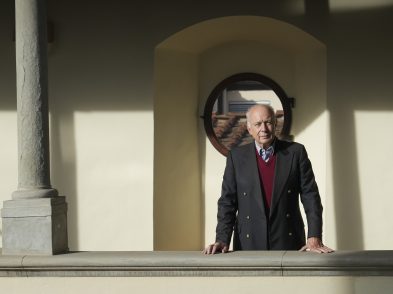The Carrara mountains, with their pristine white marble that dominates the Versilia coastline, are the stuff legends are made of. The region remains a lively artistic hub as contemporary artists from around the world still flock to Carrara to be inspired by the mystical source that Michelangelo knew so well.
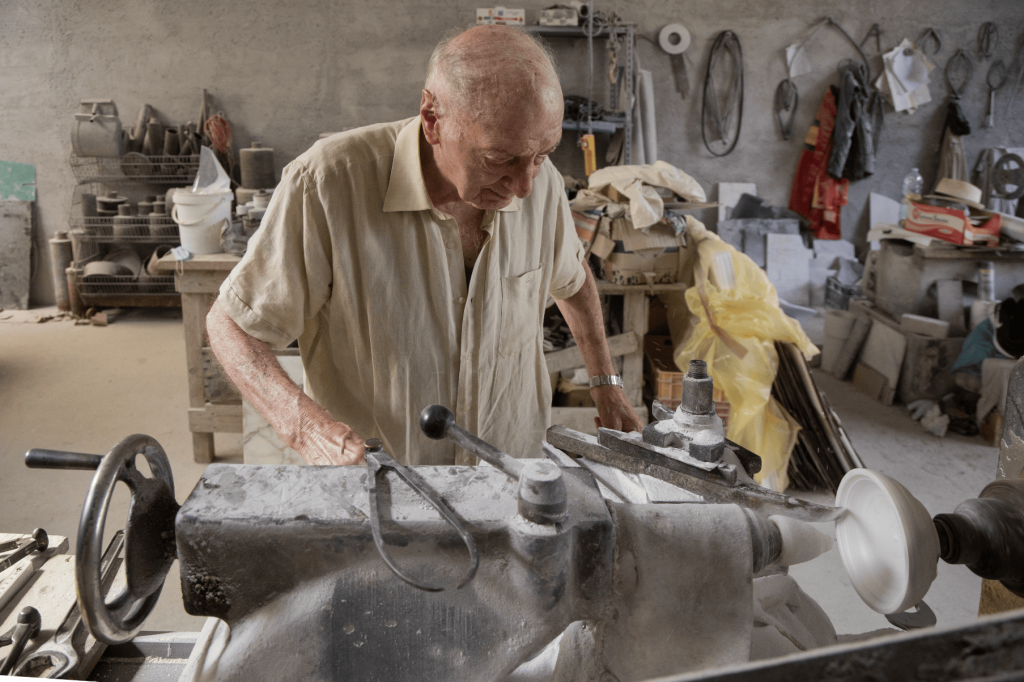
On a warm October afternoon, I sat in Pietrasanta’s Bar Michelangelo with Piero Barberi, who has worked with Carrara marble for most of his 86 years. As he speaks, Piero gestures softly with hands that show no signs of a tremor. They are the strong, steady hands of a tornitore di marmo, a marble turner. His craft, once highly praised and well compensated, is now almost obsolete. Computers have taken over and now machines can be programmed to create objects in marble—bowls, picture frames, lavabos, and even church columns—with just the single press of a button.
Born in the Versilia area in 1936, Paolo weaves the story of his life for me, a life of dedication and passion. Ever a gentleman, he remains devoted to Saint Lucia (and, clearly, to many other mortal women as well). His lifelong dedication to the third century saint from Sicily, considered the patron saint of eyesight, began with an accident that occurred when he was only three years old. His grandmother had left a pot of boiling water on the stove and, when she turned away, he pulled it down, spilling the hot liquid all over his face. The elderly village doctor sadly predicted that Piero would never open his eyes again. He spent 30 days in complete darkness. But, one day, while his grandmother was praying to Santa Lucia, little Piero opened his eyes and could see again. His eyesight remains perfect to this day.
Sitting in the bar, traveling down memory lane, Piero tells me about his father, Santino Barberi. Born in 1911, he was a stylish dancer and a favorite singer from his village, who worked as lustratore, a marble polisher. As with many men in the region, during World War II, Santino was sent to fight on the Russian front. The last Piero ever heard from him was a letter dated November 1942, that said, “My dear son, I am sorry I won’t be able to see you and leave you a letter under your plate, as I do every Christmas…” As his father never returned, a cousin advised Piero to come and work in marble, but, unlike Santino, to become a tornitore, since with that highly-prized skill, “he will never be without a job, or good money.”
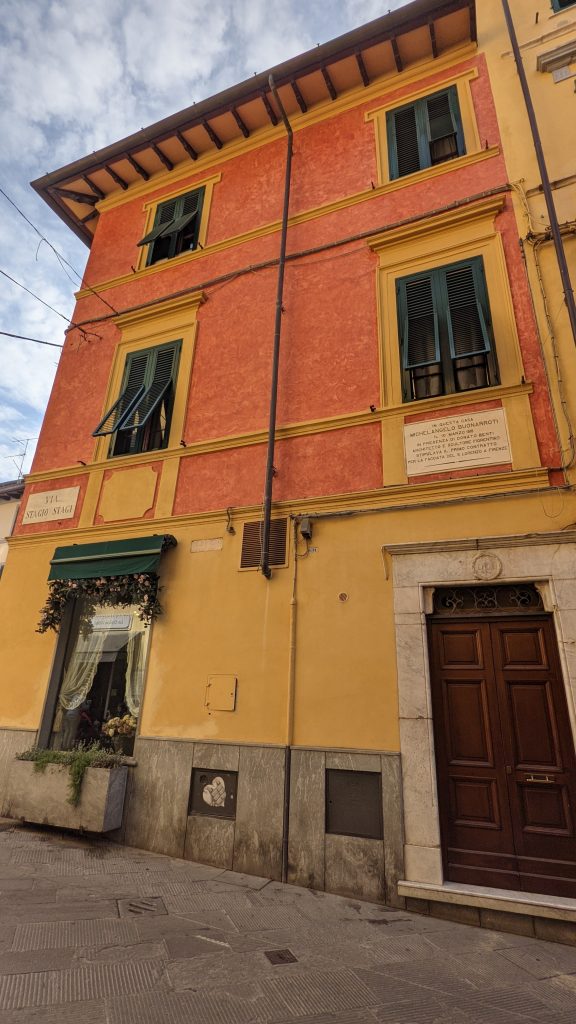
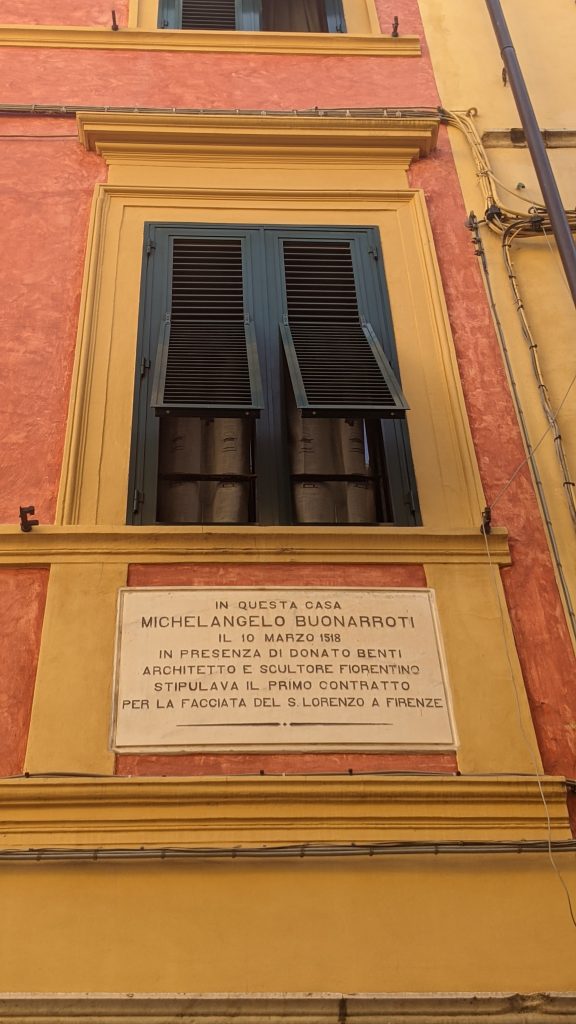
Piero became an apprentice at the age of 13 and by the time he was 27, he was already supervising men who saw him as a master of the craft. What followed was a success story, as the post-war marble business was booming. As a young apprentice, his pay was 50,000 lire a week (approximately €25 today), paid every Saturday in a most unconventional way: the owner would pick up a discarded scrap of marble and with a pencil, write the sum owed, which Piero would take to the local bank in lieu of a paper check! Piero’s craftsmanship opened many doors, but perhaps the most important one for him—a lifelong lover of nightlife, a good song and beautiful women—was the door to the magical world of the now-legendary nightclub Capannina in Forte dei Marmi. Piero’s companions were legendary, such as the Italian industrialist Giovanni Agnelli, who would often come with an entourage of 40 people. Nearly every Italian musical artist who came to fame in the 1950s and ‘60s started there. Piero, a regular, created a lampshade for the famous singer Mina, with the marble cut so thin it was translucent. The owners of the nightclub kept the lampshade at the entrance of Capannina for days for everyone to admire. Looking back, Piero sighs, “It is probably gracing Mina’s home even today.”
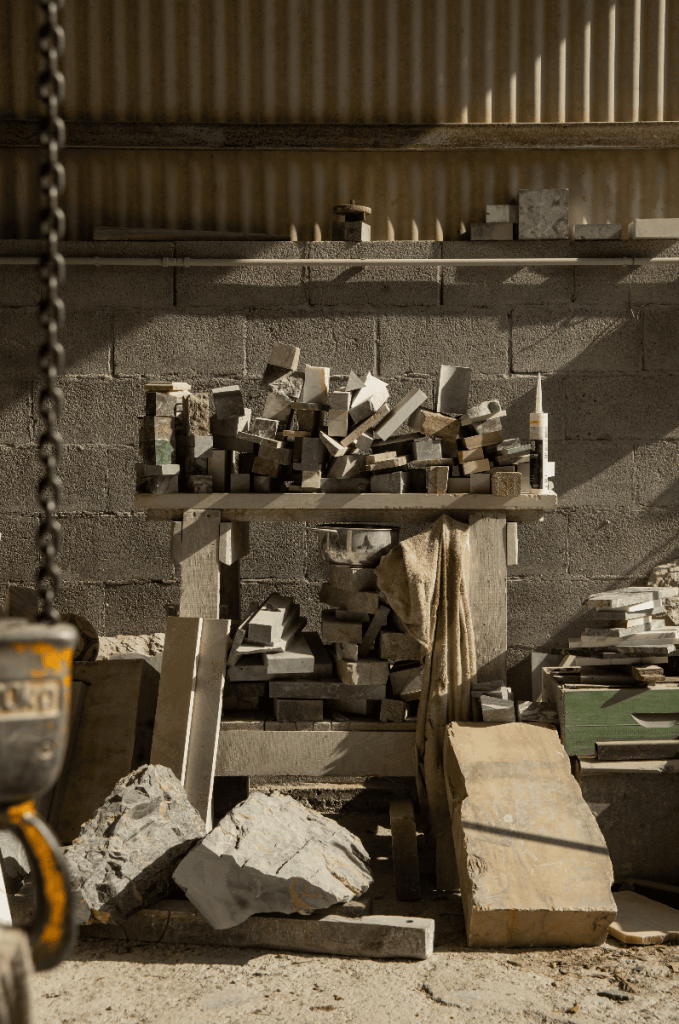
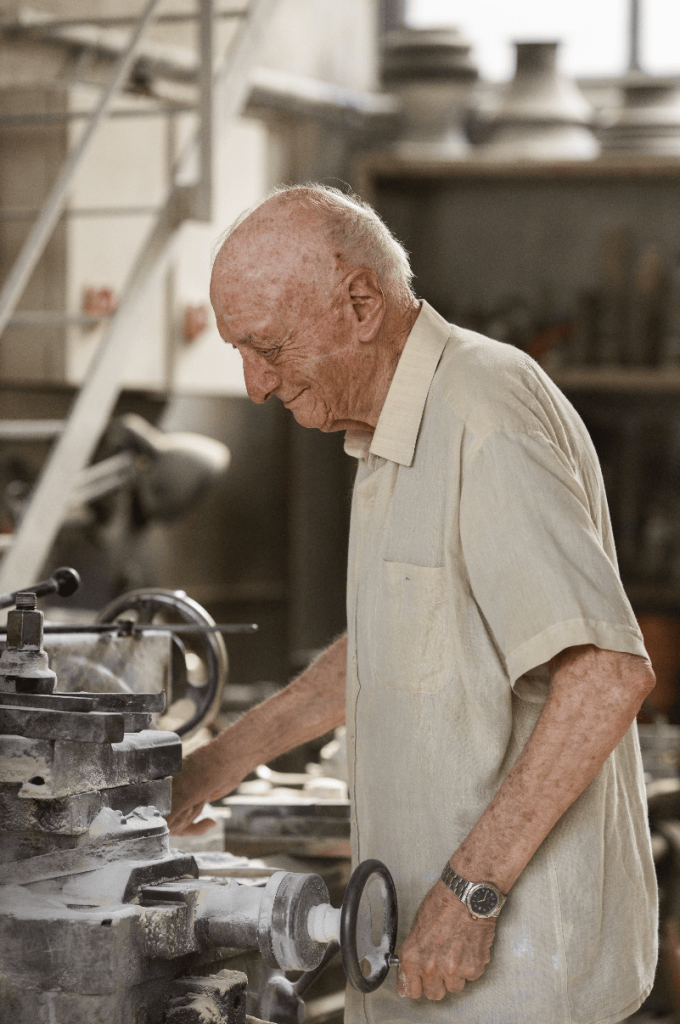
Piero remains passionate about his medium: marble. He spent 30 years working in Colonnata, whose quarries were used by Romans as far back as 40 BCE, when expensive imported Greek marble was replaced with local Luni marble. Piero explains that the name of the village Colonnata itself derives from the Latin word meaning “the place where columns of marble were extracted.” Out of 24 different kinds of souvenirs made in Piero’s heyday in Colonnata, only four are still produced today. He fondly recalls his simple daily lunch, a piece of bread spread with the famous pork fat delicacy, Lardo di Colonnata.
I ask Piero about the people who live in the area and his civic pride automatically kicks in. He tells me that those from Versilia Storica (around the commune of Massa Carrara) are the most hard-working people he knows. Viareggini are sometimes a bit hard to pin down. “They say, ‘tomorrow,’ but you never know when that tomorrow will come.” He continues, “Those from Forte dei Marmi are a bit stuck up, with the town full of milanesi who ‘spend easily.’ Let’s not even mention the Pisans. The old saying goes, ‘It’s better to have a dead person in the house than a Pisan at your door.’”
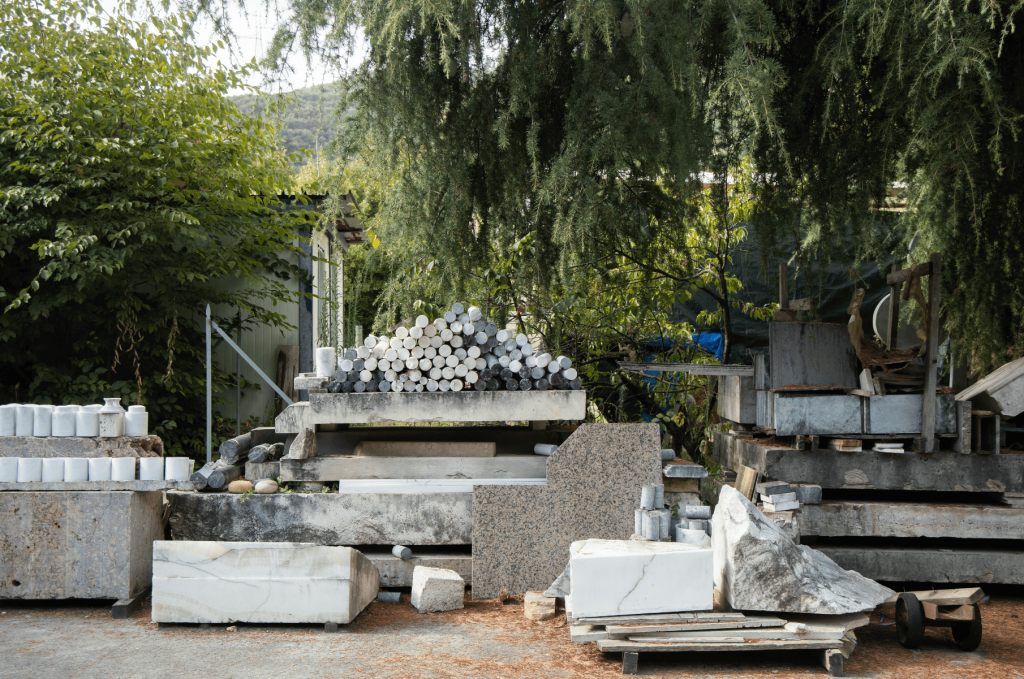
After a pause, I realize that the only town we haven’t covered is nearby Lucca. I ask Piero about the lucchesi. “Well, you know what they say happened to Christopher Columbus when he went to America? He found one guy from Lucca already there!’”


